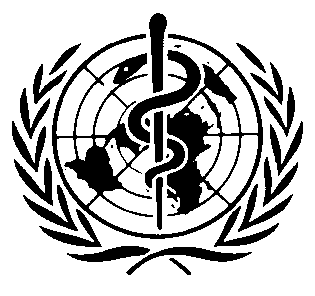International Chemical Safety Cards
| 1-NITROPROPANE | ICSC: 1050 |




CH3CH2CH2NO2 Molecular mass: 89.1  ICSC # 1050
ICSC # 1050CAS # 108-03-2 RTECS # TZ5075000 UN # 2608 EC # 609-001-00-6 March 25, 1996 Peer reviewed |
| TYPES OF HAZARD/ EXPOSURE | ACUTE HAZARDS/ SYMPTOMS | PREVENTION |
FIRST AID/ FIRE FIGHTING |
| FIRE |
Flammable.
|
NO open flames, NO sparks, and NO smoking.
|
Powder, AFFF, foam, carbon dioxide.
|
| EXPLOSION |
Above 36°C explosive vapour/air mixtures may be formed.
|
Above 36°C use a closed system, ventilation, and explosion-proof electrical equipment.
|
In case of fire: keep drums, etc., cool by spraying with water.
|
| EXPOSURE |
|
PREVENT GENERATION OF MISTS!
|
|
| •INHALATION |
Headache.
Nausea.
Vomiting.
|
Ventilation, local exhaust, or breathing protection.
|
Fresh air, rest.
Refer for medical attention.
|
| •SKIN |
|
Protective gloves.
Protective clothing.
|
Remove contaminated clothes.
Rinse and then wash skin with water and soap.
|
| •EYES |
Redness.
|
Safety spectacles.
|
First rinse with plenty of water for several minutes (remove contact lenses if easily possible), then take to a doctor.
|
| •INGESTION |
(Further see Inhalation).
|
Do not eat, drink, or smoke during work.
|
Rinse mouth.
Give plenty of water to drink.
Refer for medical attention.
|
| SPILLAGE DISPOSAL | STORAGE | PACKAGING & LABELLING | ||
|
Collect leaking and spilled liquid in sealable containers as far as possible.
Absorb remaining liquid in sand or inert absorbent and remove to safe place.
|
Fireproof.
Separated from
strong oxidants,
strong bases.
|
Xn symbol R: 10-20/21/22 S: 2-9 UN Hazard Class: 3 UN Packing Group: III |
||
| SEE IMPORTANT INFORMATION ON BACK | ||||
|
||||